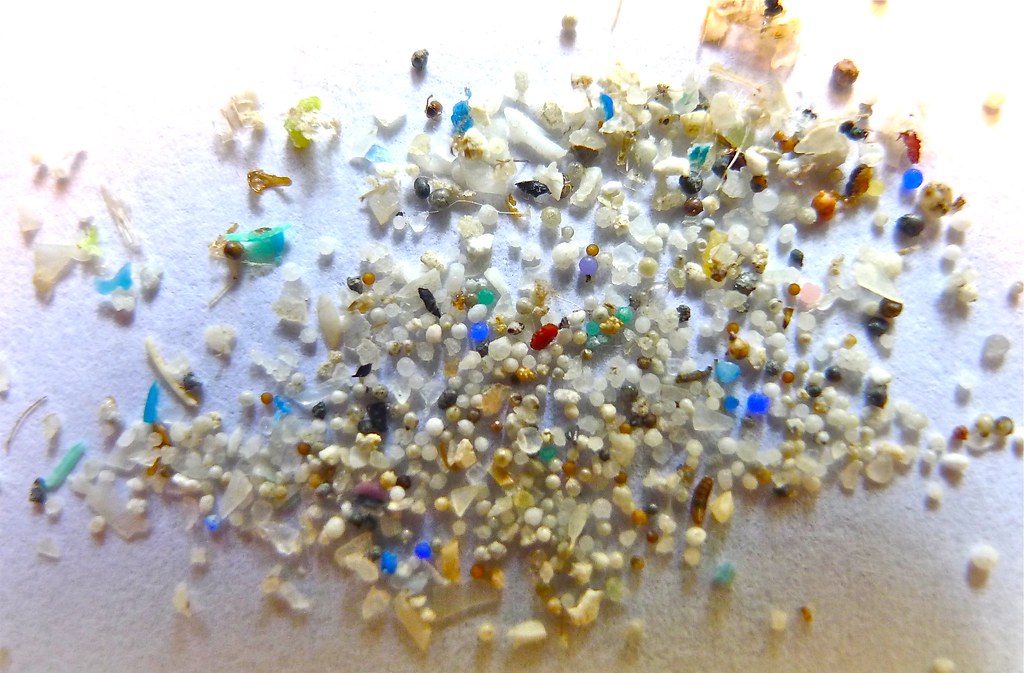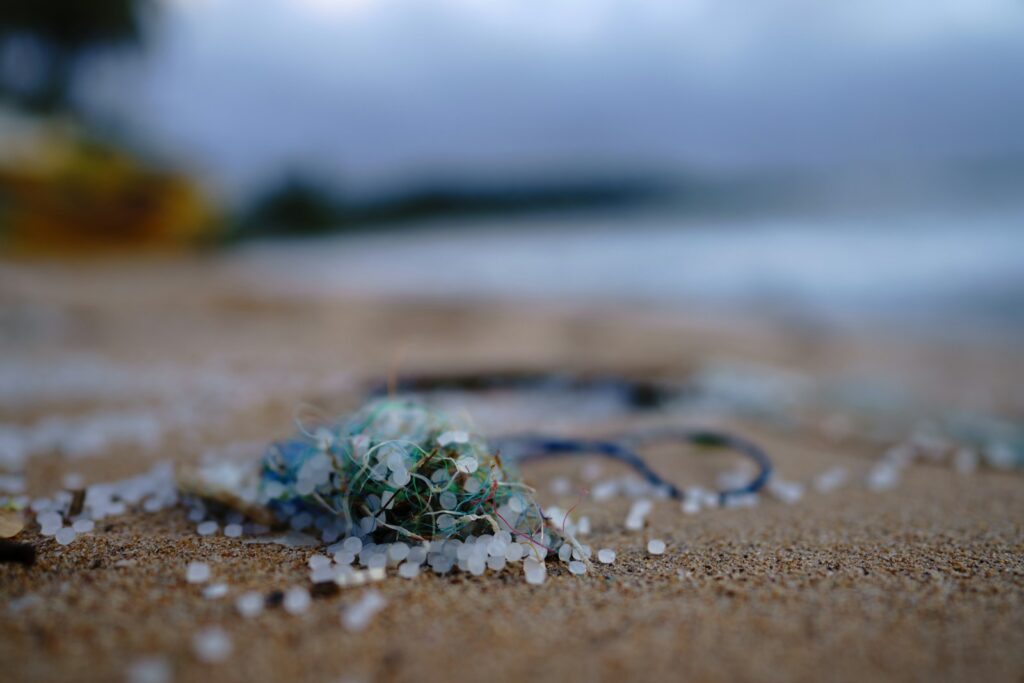Microplastic Pollution - A Looming Threat in Our Oceans and Beyond
Plastic pollution has become a defining environmental challenge of our time. But beyond the visible menace of plastic bags swirling in the ocean or overflowing landfills lies a more insidious threat – microplastics. These tiny plastic fragments, less than five millimeters in size, are wreaking havoc on ecosystems around the world.
This article dives deep into the world of microplastic pollution, exploring its sources, impacts, and potential solutions.
What are Microplastics?
Microplastics come from various sources, broadly categorized into primary and secondary microplastics.
Primary Microplastics: These are manufactured directly as microscopic particles. Examples include microbeads used in cosmetics, plastic fibers shed from synthetic clothing, and microplastics used in industrial processes.
Secondary Microplastics: These originate from the breakdown of larger plastic debris over time. Plastic bottles, bags, and other items fragment due to sunlight, wave action, and weathering, eventually transforming into microplastics.
The small size of microplastics allows them to permeate nearly every corner of the environment. They are found in our oceans, rivers, lakes, and even the air we breathe.
The Invisible Threat: How Microplastics Harm Our Planet
The widespread presence of microplastics poses a significant threat to the health of our planet and its inhabitants. Here’s a closer look at the potential consequences:
- Impact on Marine Life: Microplastics are easily mistaken for food by marine organisms, from plankton to fish and whales. Ingestion of microplastics can lead to blockages in digestive tracts, reduced feeding efficiency, and even death.
- Bioaccumulation and Biomagnification: Microplastics can absorb harmful pollutants like pesticides and industrial chemicals. As these microplastics are consumed by organisms, these pollutants become concentrated as they move up the food chain, posing a risk to human health as well.
- Disruption of Ecosystems: Microplastics can disrupt natural processes within ecosystems. They can adsorb essential nutrients needed by phytoplankton, the base of the marine food web, potentially impacting overall ecosystem health.
The Unexpected Sources of Microplastic Pollution
Microplastic pollution isn’t just an ocean problem. These tiny particles are present in various surprising places:
- Synthetic Clothing: Washing synthetic clothes releases microplastic fibers from the fabric. These fibers can end up in wastewater treatment plants and eventually make their way into waterways.
- Cosmetics and Personal Care Products: Microbeads, a common ingredient in exfoliating scrubs and face washes, are a major source of primary microplastics. Thankfully, many manufacturers are phasing them out in favor of natural alternatives.
- Tire Wear: As tires wear down, tiny rubber particles are released into the environment, ultimately contributing to microplastic pollution.
- Atmospheric Deposition: Microplastics can become airborne, carried long distances by wind currents, and deposited on land and water bodies.

"Microplastic pollution is a relatively new area of scientific inquiry, and research is ongoing to fully understand its long-term impact"

Taking Action: Solutions to Microplastic Pollution
Combating microplastic pollution requires a multi-pronged approach. Here are some promising solutions:
- Policy and Regulation: Governments can implement stricter regulations on plastic production and usage. Bans on single-use plastics, microbeads in cosmetics, and promoting biodegradable alternatives are crucial steps.
- Innovation in Material Science: Developing new plastic materials that are readily biodegradable or designed to minimize microplastic release during breakdown is a critical area of research.
- Wastewater Treatment Improvements: Upgrading wastewater treatment facilities to capture and filter out microplastics before they enter waterways is essential.
- Public Awareness and Education: Raising public awareness about the dangers of microplastic pollution can encourage individuals to make informed choices, such as reducing plastic consumption and supporting sustainable practices.
- Individual Action: Simple changes in daily habits can make a difference. Opting for reusable shopping bags, choosing clothing made from natural fibers, and properly disposing of waste can all contribute to reducing microplastic pollution.
Research and the Future of Microplastic Solutions
Microplastic pollution is a relatively new area of scientific inquiry, and research is ongoing to fully understand its long-term impact. Here are some emerging areas of exploration:
- Microplastic Biodegradation: Scientists are investigating the potential of microbes or enzymes that can break down microplastics into harmless substances.
- Microplastic Detection and Monitoring: Developing more efficient methods to detect and quantify microplastics in various environmental matrices is crucial for effective mitigation strategies.
- Understanding the Human Health Impact: Research is underway to determine the potential health risks associated with human exposure to microplastics through contaminated food and water sources.
Conclusion: Working Together for a Microplastic-Free Future
Microplastic pollution is a complex and growing environmental threat. However, by implementing effective solutions, fostering collaboration between policymakers, scientists, industry leaders, and individuals, we can work towards a future free from microplastic contamination. By prioritizing innovation, responsible consumption practices, and robust environmental regulations, we can protect the health of our oceans, ecosystems, and ultimately, ourselves. Let’s commit to taking action today to ensure a cleaner, healthier planet for generations to come.
